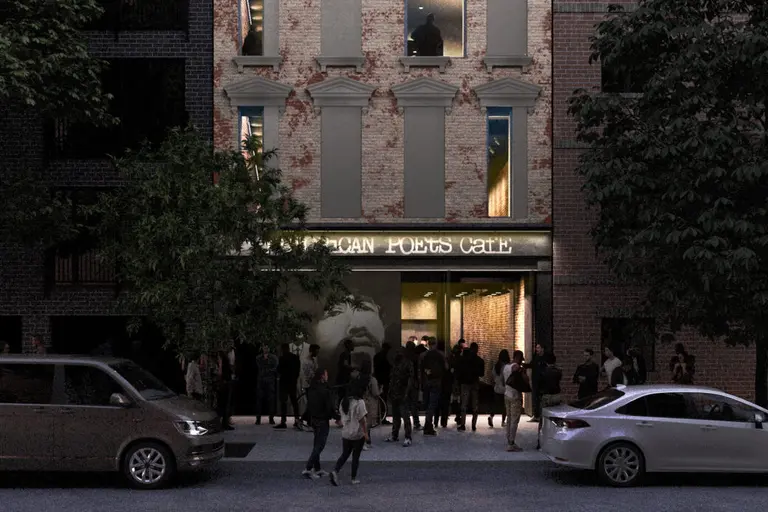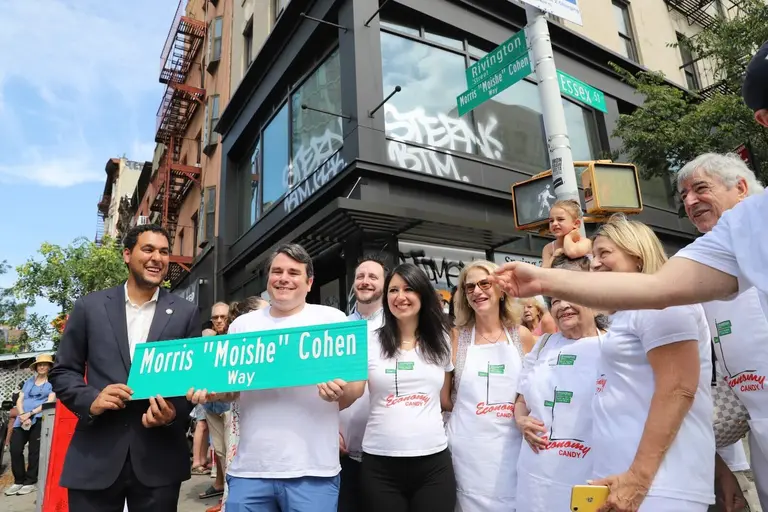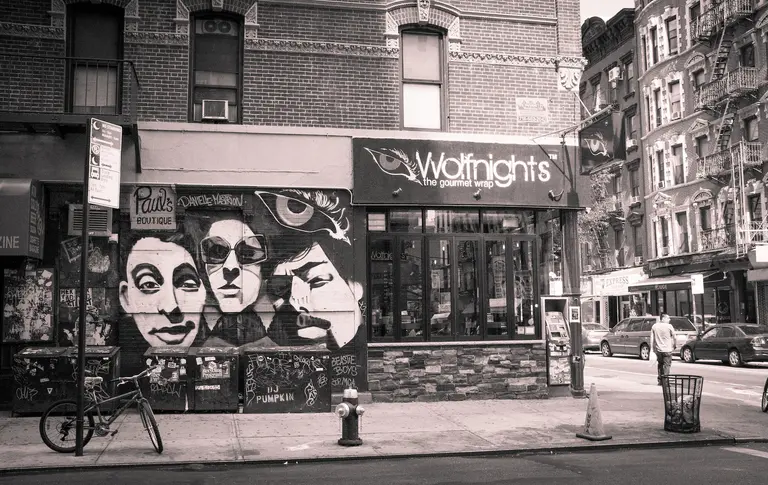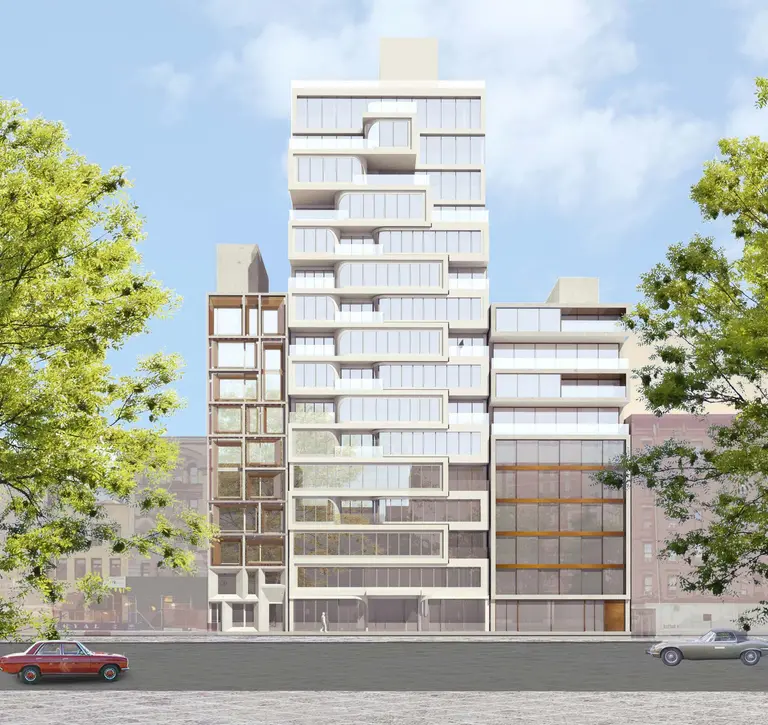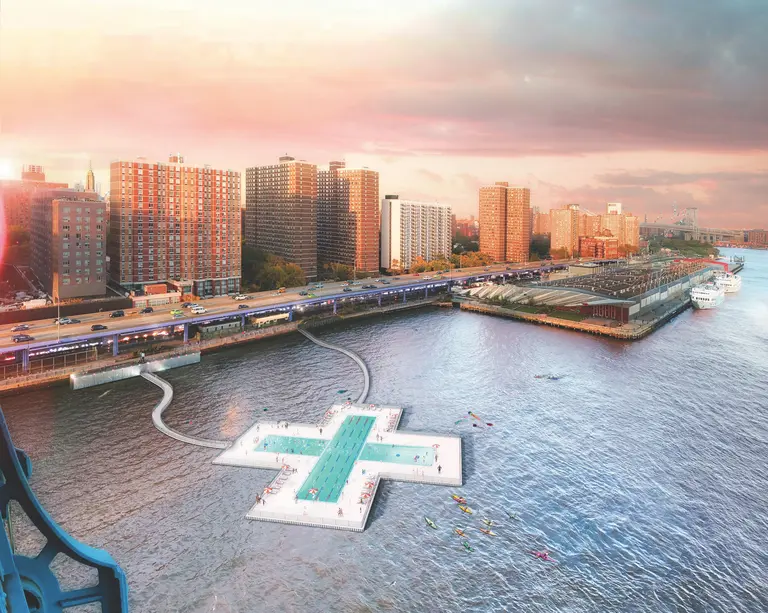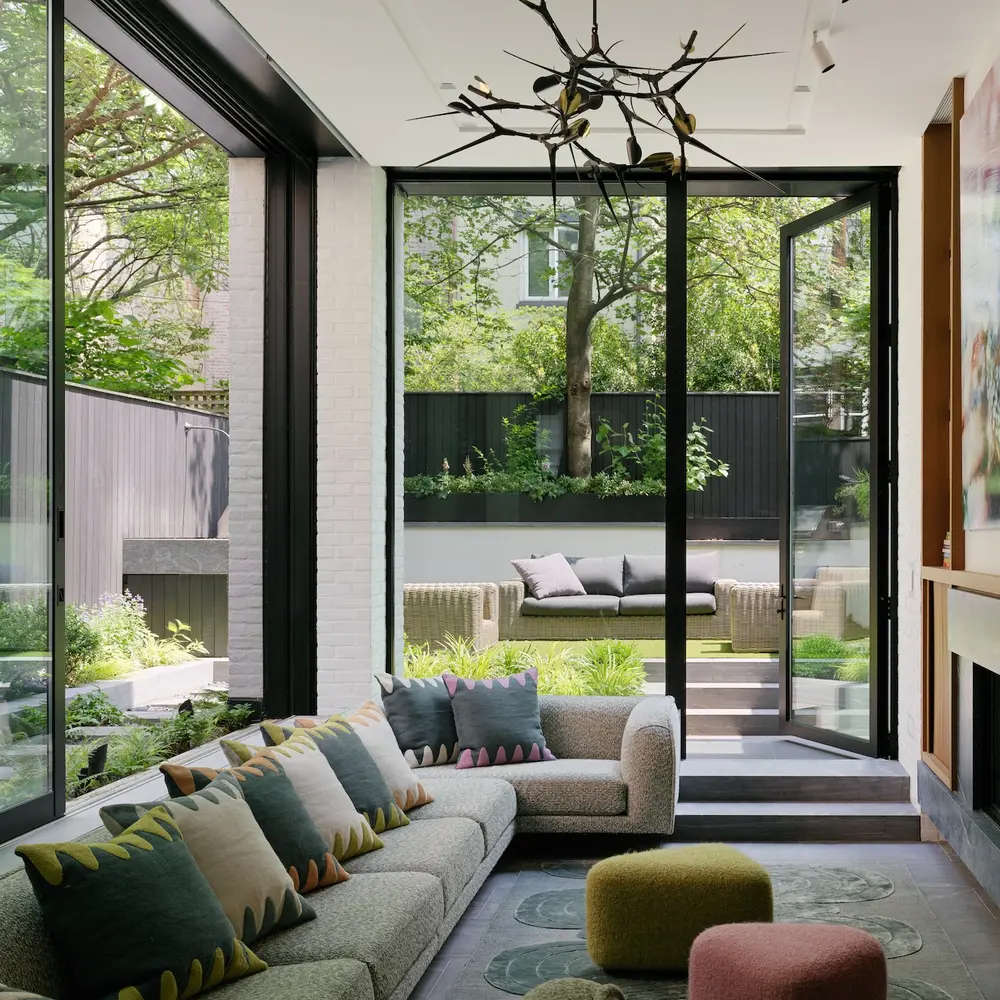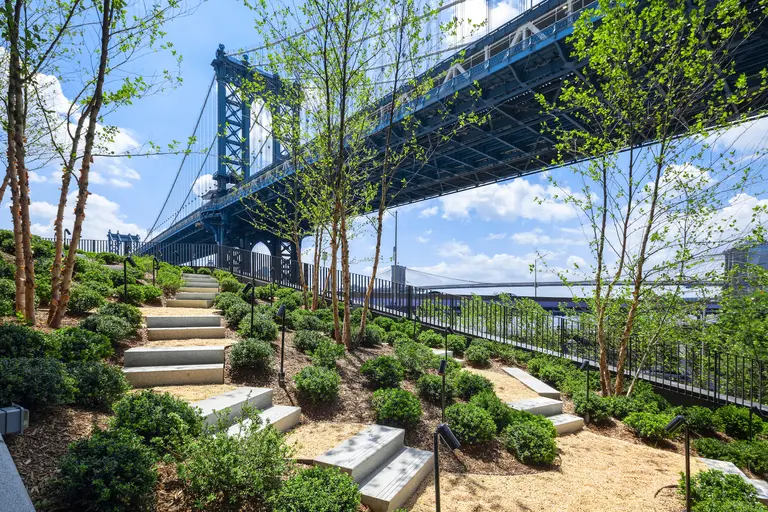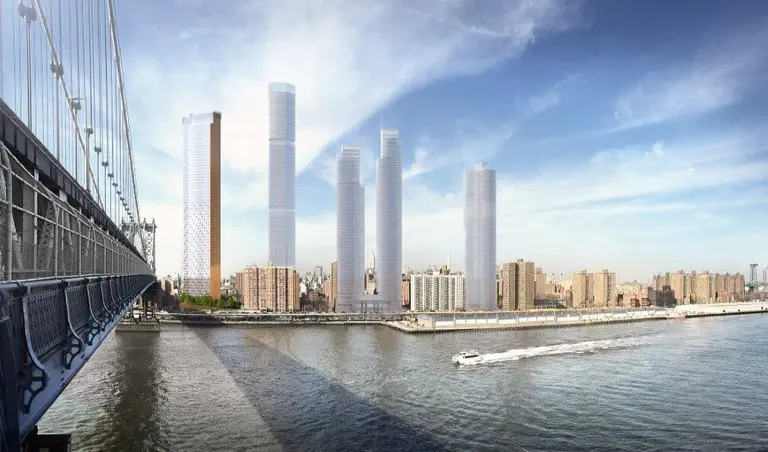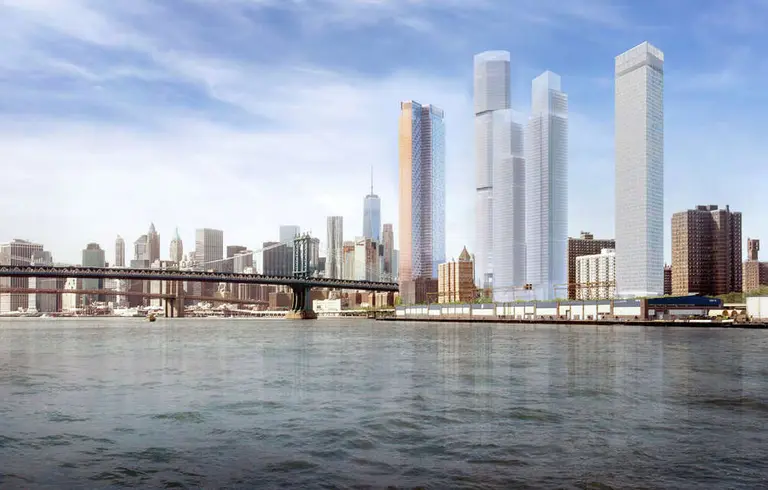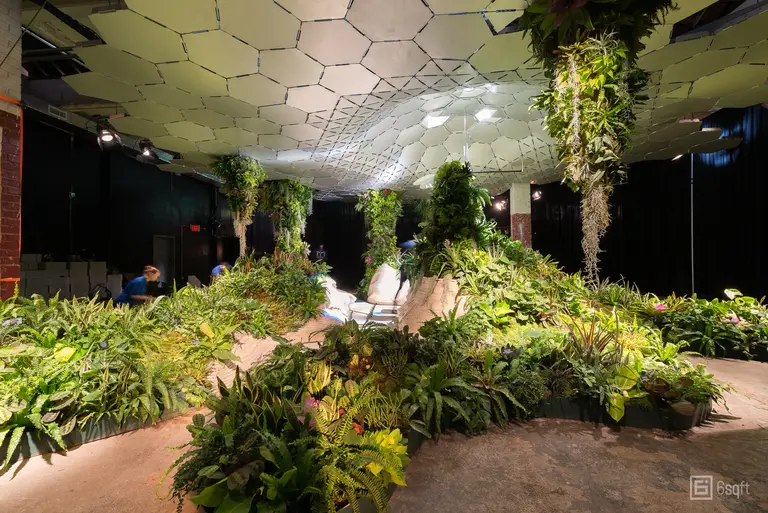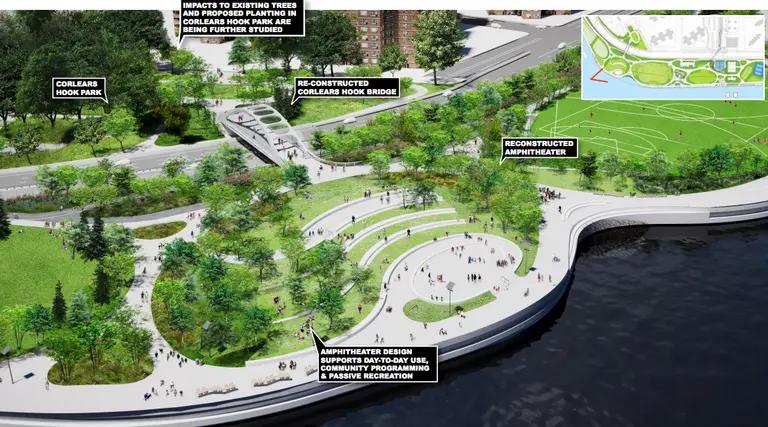Completed report announced following East Side Coastal Resiliency Project consultant review
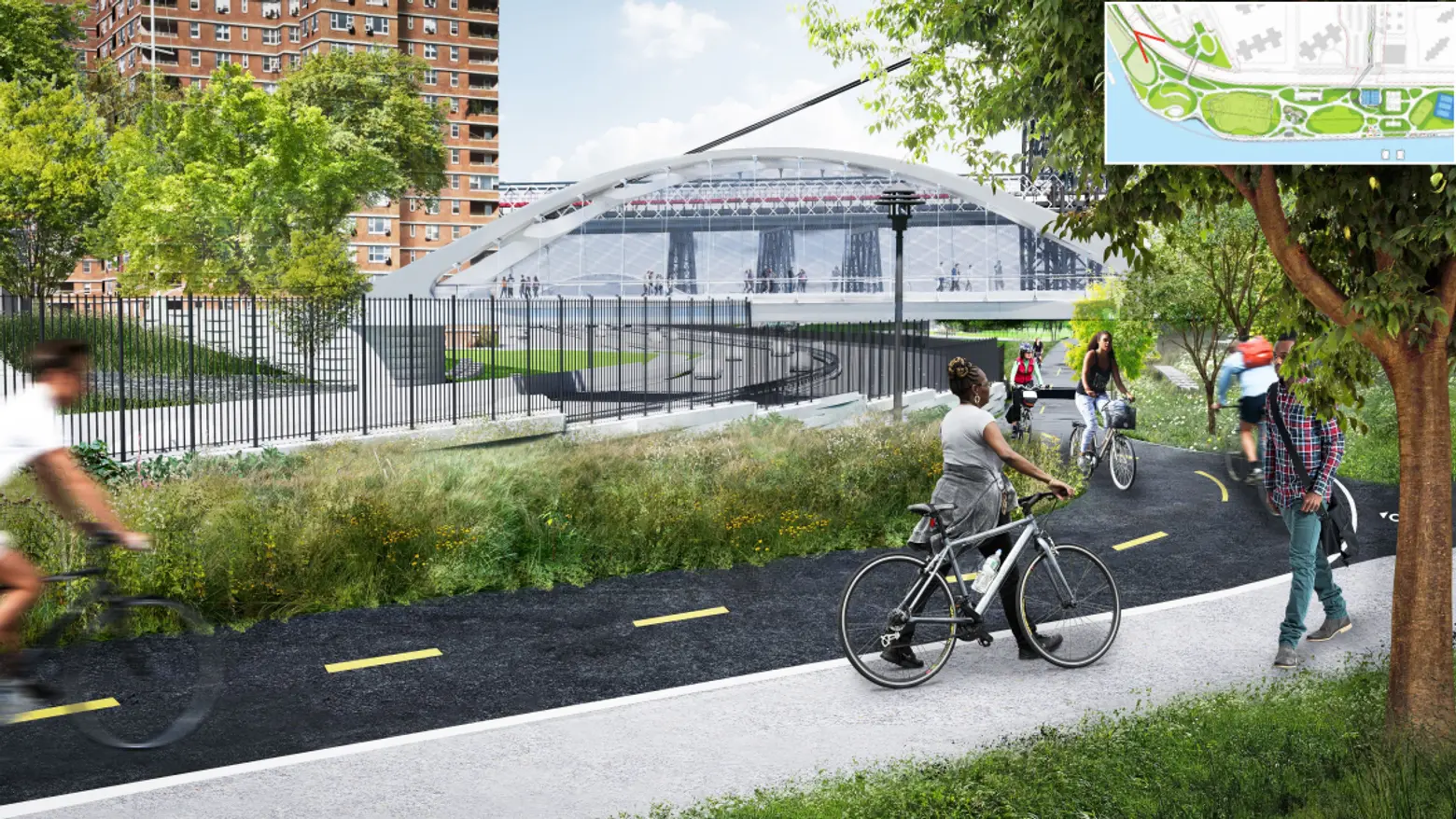
Preliminary design of Corlears shared use path; via DDC.
Borough President Gale A. Brewer and Council Member Carlina Rivera announced Thursday the completed report by independent consulting firm Deltares on the East Side Coastal Resiliency Project (ESCR). As 6sqft previously reported, the project was first developed in the wake of Hurricane Sandy and is intended to protect 2.2 miles of Manhattan’s East Side, between East 25th Street and Montgomery Street, from flooding and improve access to waterfront space. According to the city, the ESCR project would protect over 110,000 New Yorkers in the area.
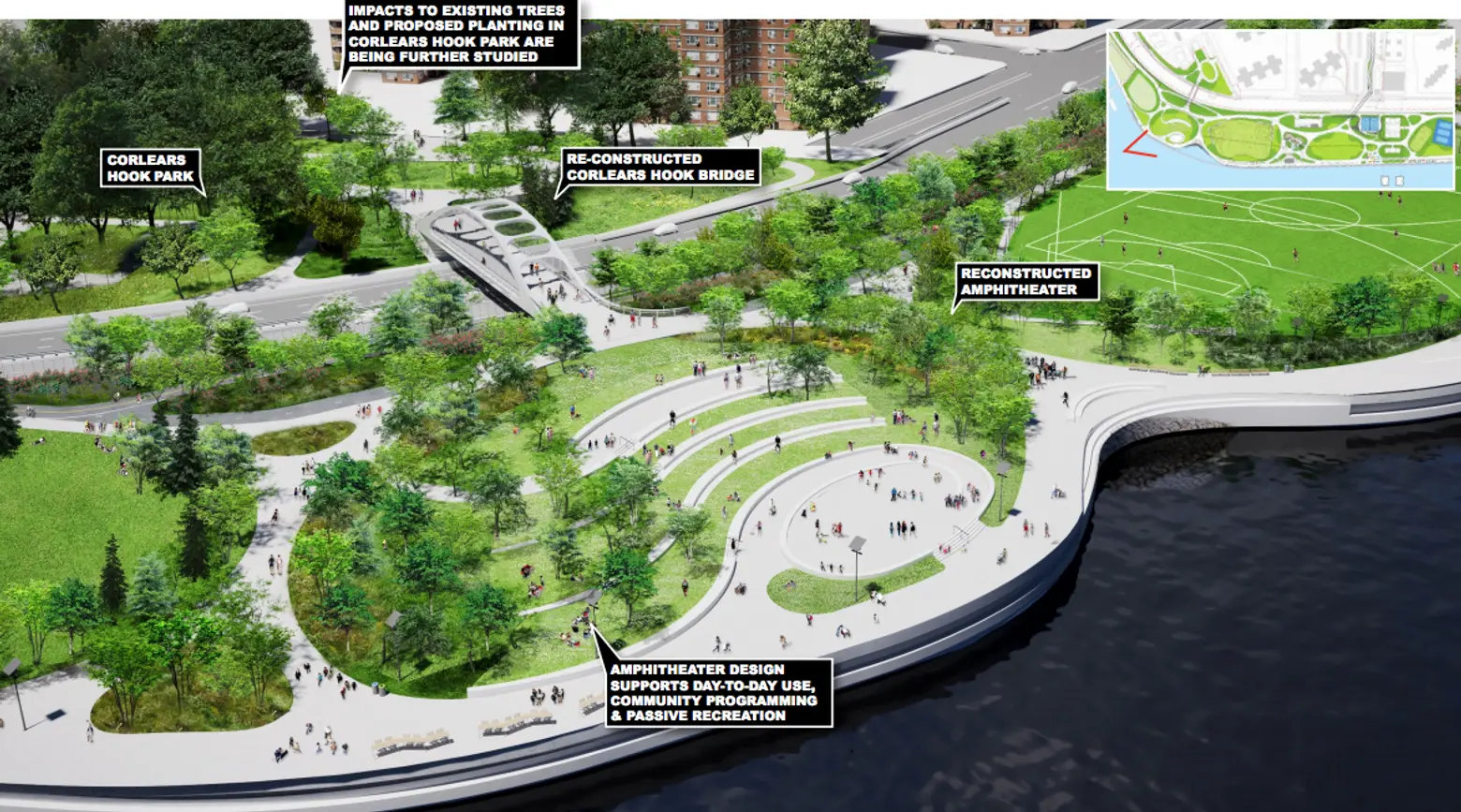 Preliminary design for the amphitheater; via DDC
Preliminary design for the amphitheater; via DDC
Last January, plans for the project revealed by the city came under fire for not incorporating community feedback and concerns that had previously been raised. The main concerns had involved the idea of using eight feet of landfill as a protection strategy and the fact that the park would have to be closed for more than three years for project to be completed.
The city’s Department of Design and Construction (DDC) presented a new round of designs for the ESCR plan in July. The newer plan called for elevating East River Park by integrating the flood wall at the water’s edge with the bulkhead and esplanade without obstructing views; it would still bury the park under eight to 10 feet of landfill to protect against potential floods and build a new park on top.
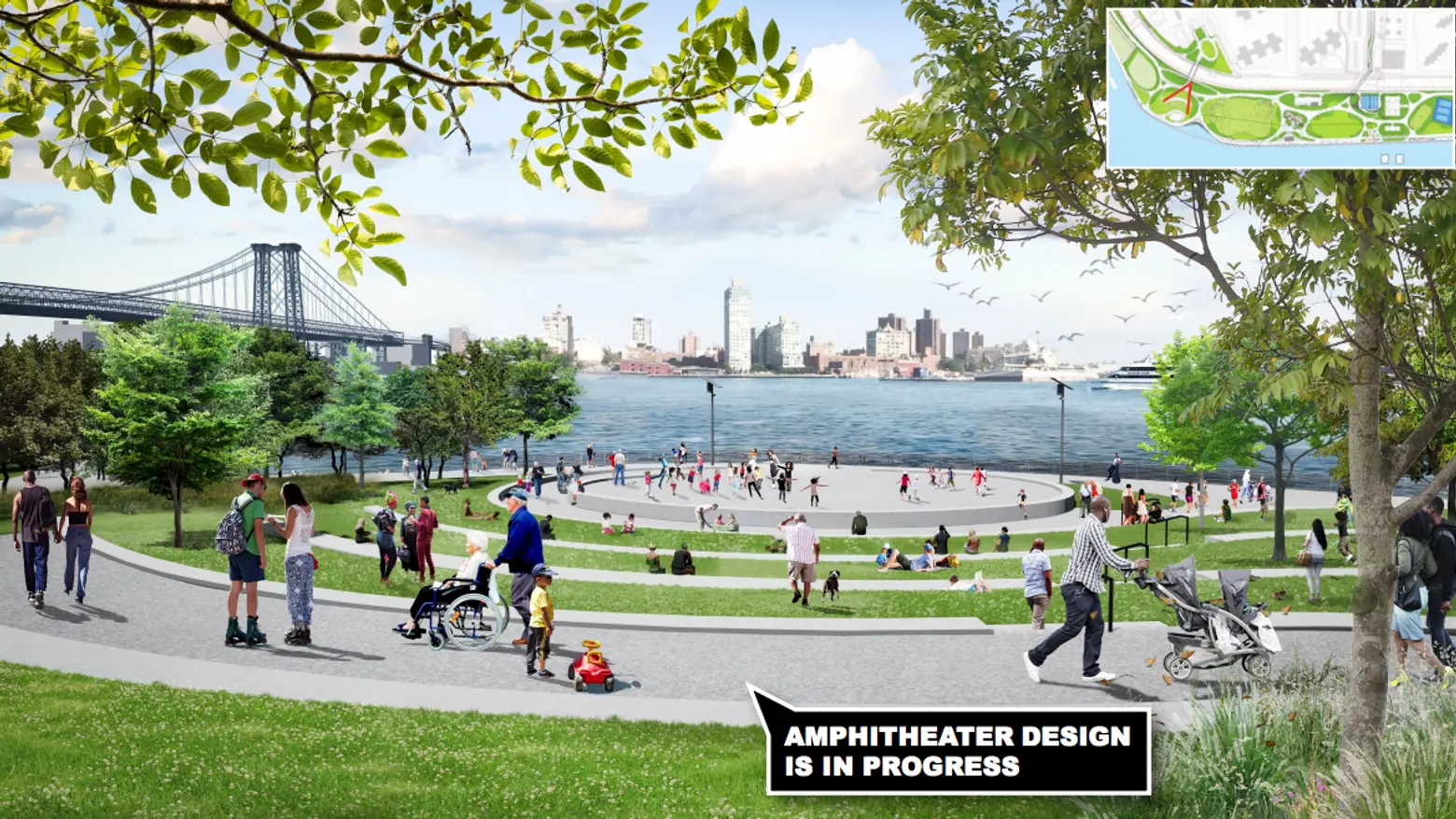 Preliminary design for Corlears Hook Bridge Landing; via DDC
Preliminary design for Corlears Hook Bridge Landing; via DDC
In response to concerns from residents about the closure of East River Park during the construction period, the city’s updated design, which was approved by Community Board 3 in June, incorporates community suggestions and alternative recreation options including a new amphitheater and an outdoor fitness area. Also in response to community input, the city’s design includes possible solar lighting along the esplanade, a flyover bridge to connect East 13th and East 15th Streets, two new barbecue areas, a new outdoor fitness center and basketball courts, a new amphitheater, and more trees. The board’s approval is part of the city’s Uniform Land Use Review Procedure (ULURP), which culminates in a City Council vote.
Manhattan Borough President Gale Brewer hosted a public hearing on ESCR in July. In her Uniform Land Use Review Process (ULURP) recommendation, Brewer requested an independent environmental expert to review the project and prepare comments regarding the City’s Preferred Alternative 4 proposal and the other three alternative designs.
Councilwoman Carlina Rivera said, “We knew we had to bring in our own climate change and resiliency experts to ensure that ESCR, which will set the tone for all future coastal resiliency projects, is done right. I look forward to carefully reviewing this report and the recommendations from Deltares and hope the de Blasio administration will do the same as they work to address our other outstanding demands.”
A general issue highlighted in the review was a relative lack of available information on several aspects of the ESCR project design, namely the Final Environmental Impact Statement (FEIS). Underlying documents describing project development findings, calculations, impact assessment, and comparison of alternatives are not publicly available. In other words, the FEIS contains important statements that cannot be evaluated.
Recommendations include an emphasis on transparency in the decision-making process by city agencies to help rebuild trust and gain support of the community. This would include making documentation that was used in the decision-making process available. It was also noted that it would create more trust and allay community concerns if the city were to provide more detailed mitigation plans for the construction works. Community involvement at all stages of the project was emphasized.
Among the findings in the final report, which studied resiliency in the city’s Alternative 3 and Alternative 4 designs, are:
- The need for improving transparency and stakeholder engagement
- Ongoing monitoring for air quality impacts to be made available publicly
- Release of City documents that provide evidence for the analysis underlying the Final Environmental Impact Statement
- Further investigation of Interim Flood Protection Measures (IFPM) during the construction period
- Phased construction for continued use of portions of the park with additional open space mitigation
- Additional clean fill for future flood protection against sea-level rise
Brewer said in a statement, “We heard the requests of the community for an independent review loud and clear, and we listened. Deltares brought their vast experience and expertise to the analysis of this project, and I implore the de Blasio administration to take these suggestions into account before any construction begins.”
You can view the report in its entirety here (PDF).
RELATED:
- City presents new design for its East Side Coastal Resiliency Project following community feedback
- Lower East Side Coastal Resiliency Project will get fast-tracked with an updated design
- City’s new $1.45B East River Park flood protection plan leaves community groups high and dry
- First phase of Bjarke Ingels’ BIG U storm protection system begins planning process
